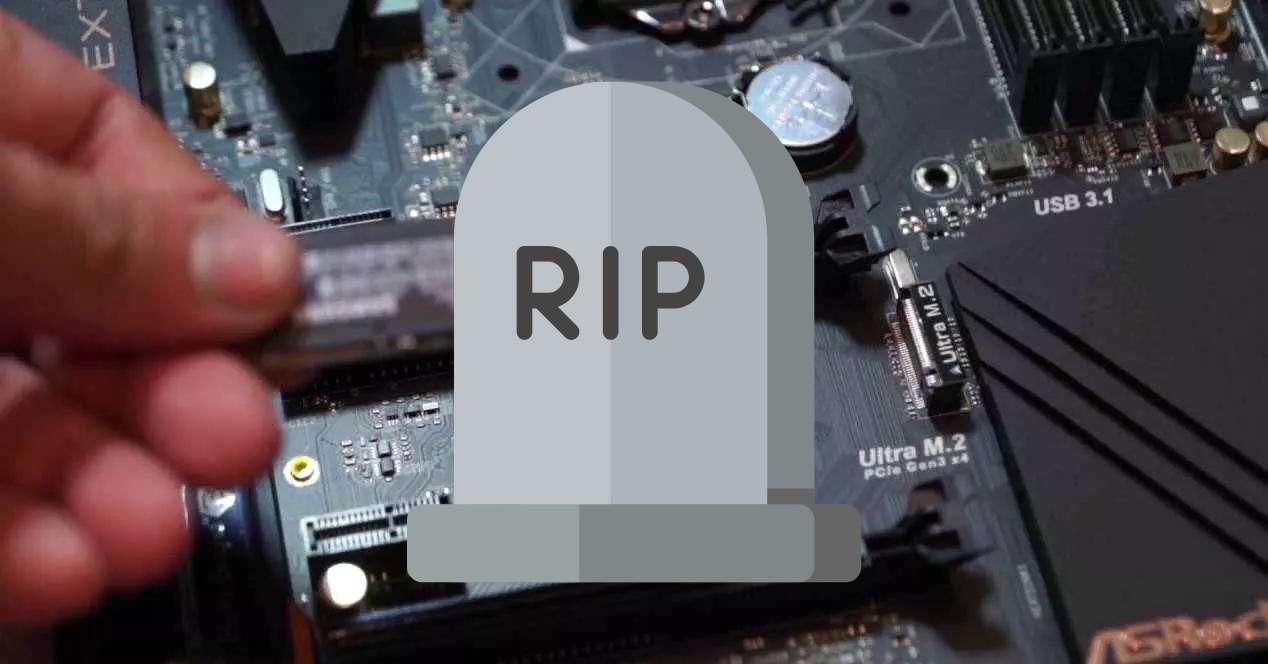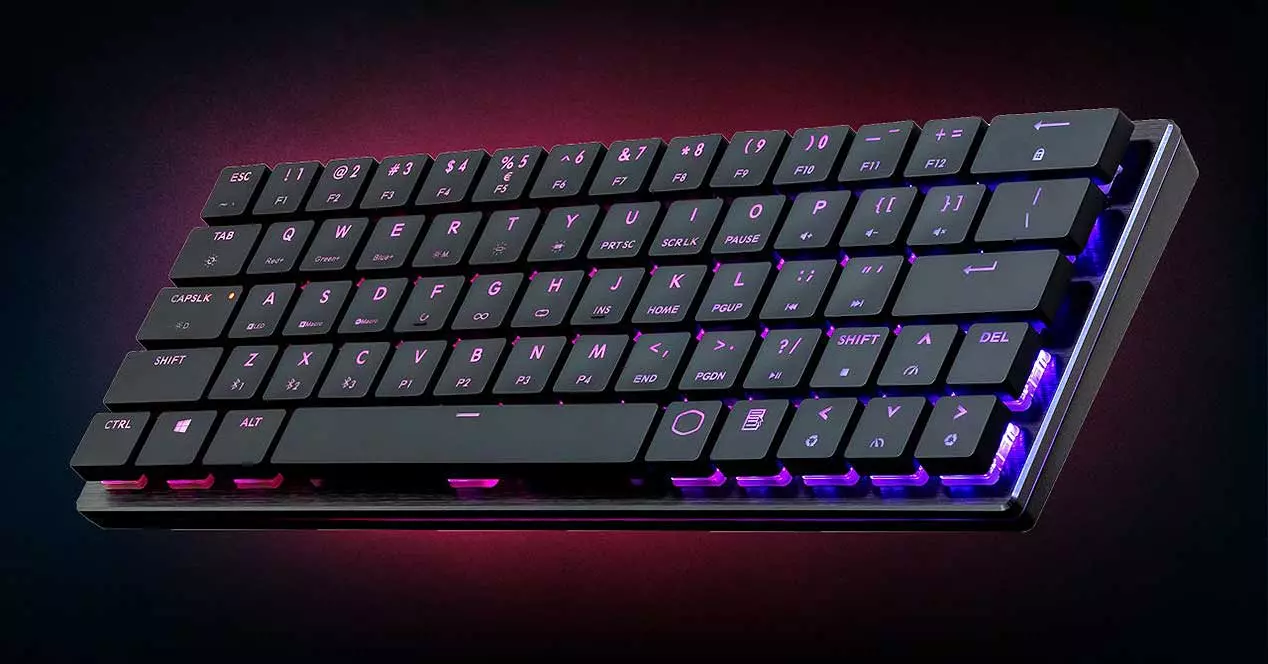
NVMe SSDs are the most advanced storage type yet in terms of access speed and bandwidth. But, what would happen if we told you that we were approaching the end of SSDs in M.2 modules and therefore today’s fastest solid-state drives are going to be replaced? We explain the reason.
One of the biggest complaints about NVMe SSDs in the form of M.2 modules is how little space they have to fit chips. This limits your storage capacity. However, this is not the reason why such connections could see their end in future generations.
Why will we see the end of M.2 modules?
An element in common that all processors have is that in terms of bandwidth and access speed they do not usually take advantage of more than 2 DIMM or SO-DIMM modules, making the additional modules serve as extensions to the already existing access channels. At least, that is the case of PC processors, since both workstations and servers do have memory access mechanisms to take advantage of the large number of modules that are installed on the motherboard.
So 90% of PC users have at most two modules, which makes us wonder. Is there a way to use the third and fourth modules more efficiently? Well yes, placing an SSD inside, which will mark the end. Let’s not forget that these storage units are made up of:
- A flash driver.
- A DRAM memory so that the controller can perform its tasks more efficiently, although in some cases there are units without their own memory that use the system RAM.
- Obviously, the NVMe memory chips, that is, the NAND Flash where the data is stored.
Putting an SSD on DIMMs may seem silly, but it makes sense since accessing data on your DRAM would be no slower than via PCI Express. In other words, it would not be necessary to carry out continuous data copying exercises, nor to have part of the memory occupied as a backup cache.
NV-DIMMs are the future
One of the biggest problems that exist in terms of performance today is the latency between the processor and RAM, although solutions such as CXL will allow additional RAM modules to be added through PCI Express. Access latency from the PCI Express port being in the middle has been shown to degrade performance. In other words, executing programs from said memory is much slower.
That is the biggest bottleneck of current NVMe SSDs, they can increase their storage capacity and even their bandwidth, but their latency is insurmountable and it will increase as soon as high bandwidths force the use of PAM encoding so that it does not consumption skyrockets. The consequences of all this? You have to find a way to increase performance, while maintaining high bandwidths. How? We have already told you the solution, place an SSD in a DIMM module.
A DDR5-4800 memory module has a 64-bit bus and therefore a bandwidth of 38.4 GB/s. The PCI Express 5.0 module? 16GB/s. Although the figures will increase with PCIe 6.0, we have already commented that the latency problem is insurmountable and that is why the end of M.2 modules can be written on paper.
The last point, the processor memory controller
Memory controllers built into the CPU and whose job it is to access RAM are no different in operation from flash controllers, rather the latter are a more complex version of the former. So when the time comes, it would not be surprising to see processors with the ability to manage an NV-DIMM module directly. Which will mean that for such systems using an NVMe SSD will result in a much worse option.
Since the manufacturers of NVMe SSDs in M.2 modules are the same manufacturers that make RAM, this change will not result in something that will rock the industry. Moreover, it will make possible one of the wishes of system designers. Having massive storage with the same direct access speed as RAM and without having to carry out heavy data copying exercises.






